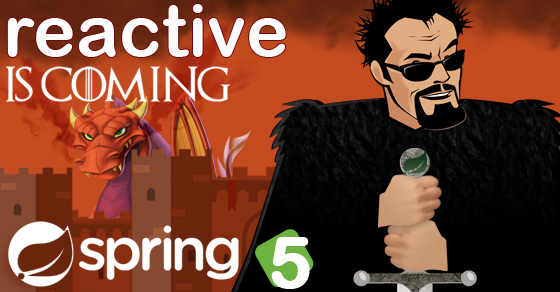How to Use Spring Boot with Embedded MongoDB
Last Updated on October 21, 2024 by jt Recently we’ve seen a rise in popularity of NoSQL databases. MongoDB has rapidly gained popularity in the enterprise and the Spring community. While developing and testing Spring Boot applications with MongoDB as the data store, it is common to use the lightweight Embedded MongoDB rather than running […]Continue reading






